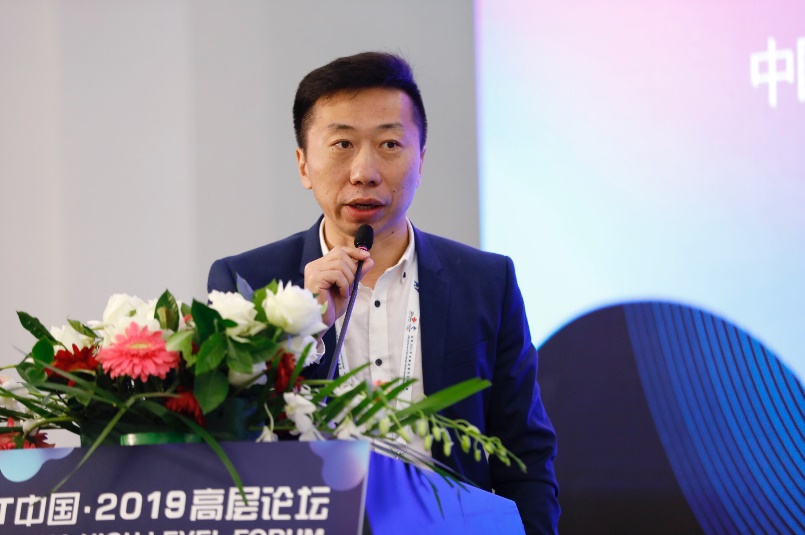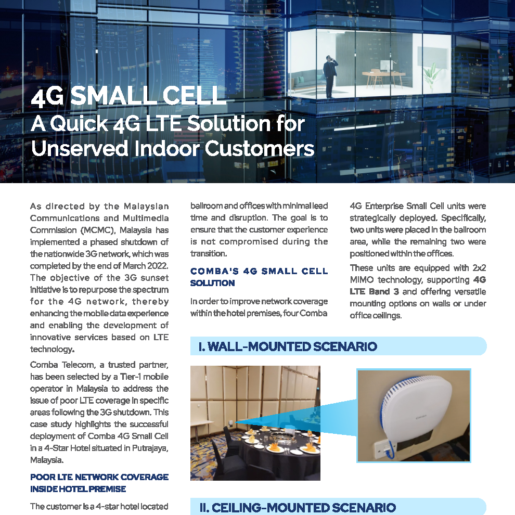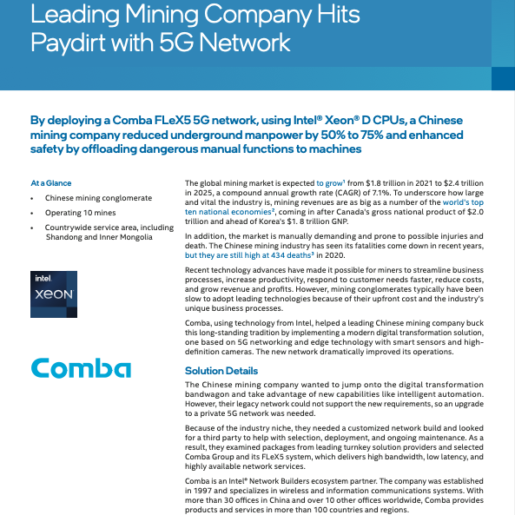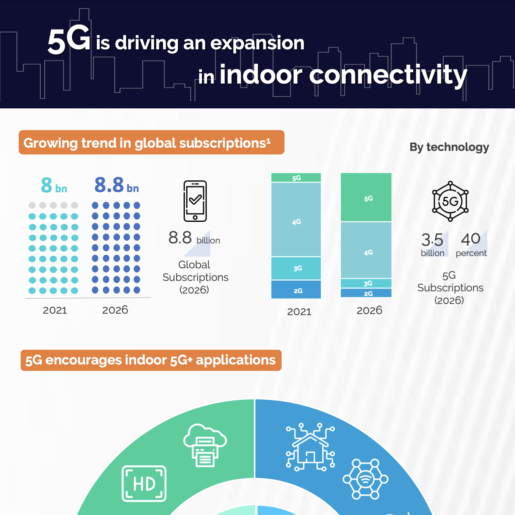
Small Cell
Overview
As the number of 5G use cases grows rapidly, the telecommunications operators need to increase network coverage, capacity and performance. Small Cells, often called picocells, address the challenges the industry is facing, and offer operational benefits to the operators, as well as for IT managers and building owners who manage buildings of various types and sizes with different user traffic. The indoor radio system enables cost-effective network densification and provides reliable signal performance in a wide range of indoor environments.
Designed for various indoor scenes, Comba brought to you our Small Cell solutions, including Standalone Small Cell and Distributed Small Cell. Standalone Small Cell is an integrated small and low-power base station. Connecting to the mobile core network through fixed network broadband, Standalone Small Cell helps enhance 4G/5G coverage and capacity in small to medium-sized indoor scenes. Distributed Small Cell adopts digital technology and fiber infrastructure to enable high-capacity, multi-mode coverage for larger number of users. It contributes to cost-efficient IT infrastructure with on-demand capacity planning using cell splitting without infrastructure modification for rapid deployment.
Solution Architecture

Typical Scenarios


Hotel

Shopping Mall

Health Care

Office

Campus

Home

Cafe & Pub

Products


5G pRU
- Remote Radio Head
- NR+LTE
- NR:4x4MIMO
- LTE: 2x2MIMO

5G SW
- Extension Unit
- 1~8 DP Port
- Data Aggregation & Forwarding

5G AU
- Baseband Unit
- Transmission Port (SFP)
- Flexible Capacity Management, Cell Split

Home Small Cell
- LTE @ 2×50mW (20dBm)
- 2×2 MIMO
- 5/10/15/20 MHz configuration
- Number of user: 8 concurrent / 24 connected

Enterprise small cell
- LTE @ 2×125mW (24dBm)
- 2×2 MIMO
- 5/10/15/20 MHz configuration
- Number of user: 32 concurrent / 96 connected

4G AU
- Baseband Unit
- Transmission Port(SFP)
- 1 Carriers
- 192 Active User

4G SW
- Extension Unit
- 1~8 DP Port
- POE power supply

4G DP
- 2×2 MIMO
- 2x125mW

Testimonials


Dr. Gediz Sezgin Chief Technology Officer | Turkcell

Xavi Casals, Director of Technology, Innovations & Customer Experience | GSMA Ltd.

Mr. Kelvin Ho Wireless Network Director | 3HK

Mr. Alex Huang IDC Operations Manager | China Mobile International

Mr. Andrew Oh, Regional Project Director CAV Communications

Mr. Waleed Al Sayed Deputy Chief Executive Officer | Ooredoo Group

Dr. Sheng Yu, Expert of Wireless Department | China Unicom

Related materials
















